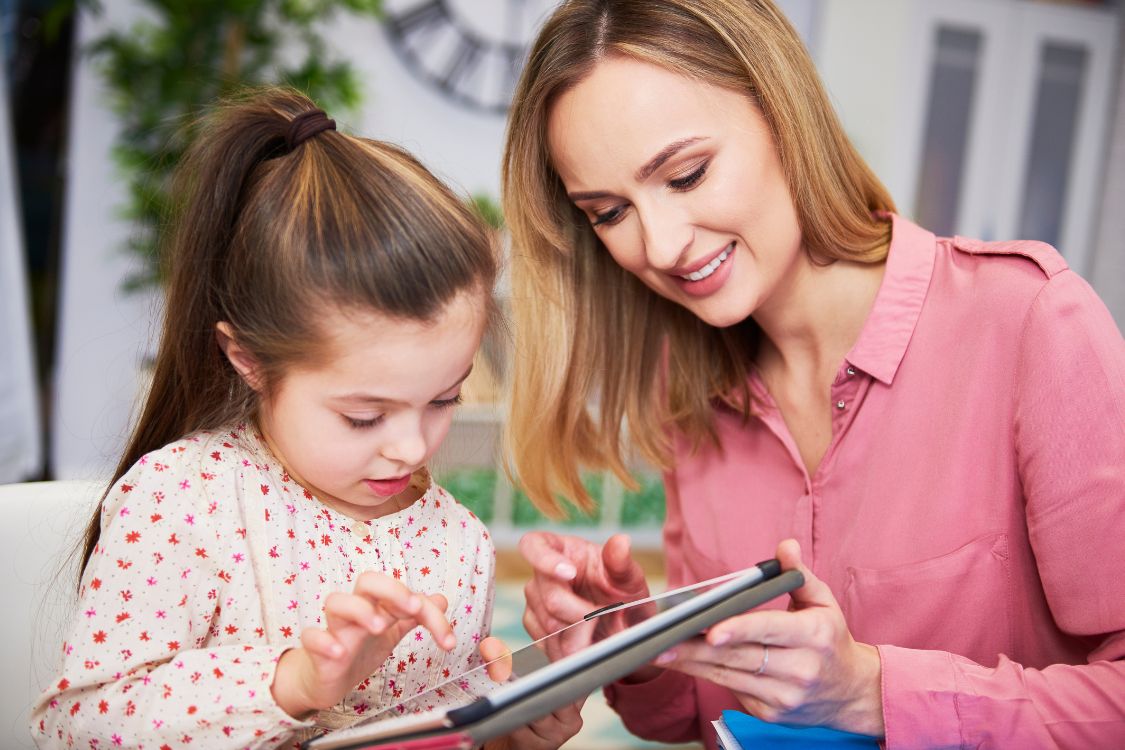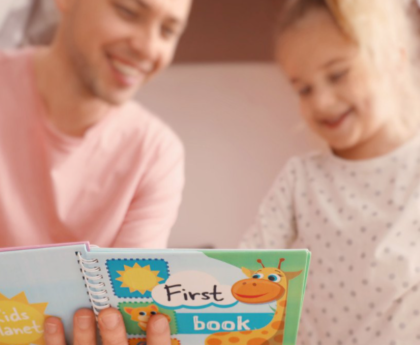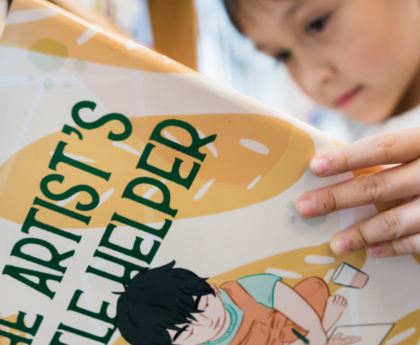Thanks to technology, there are many educational reading platforms out there today. From video games to interactive computer lessons, reading apps are easy to find. But how do you choose one that works for kids?
First, know that it takes more than a reading app for children to learn how to read. As social creatures, healthy human development requires engagement with others. The same is true when it comes to building language and reading skills.
Reading apps are tools that can supplement learning. Kids still need adults to be proactively involved in their literacy development, even while using an effective learning platform.
That said, not all reading apps are created equally. There are some key features you should look for when choosing the right reading app for your child. Keep reading to find out what they are.
1. Based on Proven Reading Science
To find a reading app that’s helpful for children, first understand reading science.
Beginner readers should learn an essential skill called decoding. This is the process of applying the knowledge of letters and their sounds to form words. Decoding is important for word recognition and reading comprehension.
Decoding and word recognition don’t develop naturally, though. New readers need guidance. This is why direct, scientifically proven, systematic instruction is most effective.
The Science of Reading strongly recommends a structured type of instruction that breaks down high-level skills into smaller, sequential steps. Children begin learning the foundational skill of phonemic awareness (knowing the sounds of language) during their first years of life. Ideally, they learn to build upon that foundation during stages of development to cover all of the “Big 5” reading skills:
- Phonemic awareness
- Phonics
- Fluency
- Vocabulary building
- Comprehension
Look for a reading app that uses a systematic approach with an emphasis on the 5 reading skills. The reading lessons in-app should suit whichever stage of literacy development your child is in.
One way to identify an app that uses this systematic approach is to see if its lessons are based on letter-sound knowledge as opposed to visual memorization. Apps that rely on visual cues or whole-word memorization can do a disservice to early readers, as this isn’t the most effective method of word reading. Remember, the goal is to help kids learn how to sound out words themselves and to use blending so that they’ll continue to build their reading skills at all stages of literacy development.
2. Personalized Learning
When is a child ready to progress in their reading? There’s no easy answer, as kids learn at their own pace.
To help your child achieve reading milestones, you want to find an app that enables personalized learning.
Ideally, the app will contain some kind of placement assessment to determine the appropriate starting point for the child’s current knowledge. The app should then provide reading lessons to suit the child’s reading level and include reinforcement activities. With the guidance of a parent or instructor, each child builds reading skills through lessons that suit their learning needs.
Personalized learning helps you tailor reading lessons to your child’s needs. This way, they’re less likely to become frustrated by lessons that are too difficult or too easy for their ability.
3. Interactive and Engaging Interface
Even with the best curriculum available, children require learning engagement. Find a reading app that can grab your reader’s interest and hold their attention.
The best reading apps for kids have multiple interactive lessons:
- Fun word games
- Sing-along songs
- Interesting stories
- Colorful animations
- Interactive reading modules
The touchscreen ability of reading apps also allows a tactile element. Kinesthetic, “hands-on” interactions such as letter tracing are great forms of learning engagement.
4. Parent Involvement and Encouragement
As a parent, you want to be involved in your child’s progress. In fact, your engagement with your child during reading app lessons is an important, rewarding part of their learning process.
Research has shown that young children are 19 times more likely to learn using touchscreen apps with parent interaction. Apps are useful tools, but they can’t correct your child’s verbal mistakes or observe their real-life behavior. Your child needs your attentive guidance and encouragement when learning to decode and pronounce new words.
Your interaction also prevents your new reader from doing lessons they aren’t yet ready for. For example, your child might be great at alphabet recognition but need help blending sounds to read words. You can “gate” specific learning content to make sure they complete exercises on blending before moving on to reading sentences.
Overall, think of it as an opportunity to make reading an educational and bonding experience for you and your child.
5. Not Reliant on Text-to-Speech Readers
A big part of learning to read involves understanding how words are pronounced. Shouldn’t a reading app have audio that tells kids how to sound out words as they read?
Not necessarily!
It’s better to use an app that does not read words for the child every time. This is because:
- The child needs to practice sounding out words themselves to accurately improve their literacy skills.
- Apps with voice capabilities enable kids to passively listen to words, instead of fully engaging in the essential process of decoding.
- Children benefit from learning pronunciation with their families in their regional accent. Kids should not be forced to pronounce words in an unfamiliar way.
When parents actively help their child through word pronunciation, it reinforces language development. When kids correctly sound out words themselves, they build their reading confidence. Using in-app voice readers alone does not provide the same results.
6. Reasonable Cost and Free Trial
Before deciding on the best reading app, consider how much it costs.
Quality learning apps have associated fees to cover the ongoing cost of app development. While free reading apps are out there, they’re often not the most effective.
Compare subscription options and weigh all the features of the app. Most reading apps come with a monthly or yearly subscription that fits a family budget.
If you want to try out a reading app before you buy it, see if it has a free trial.
Reading.com: Try Our Reading App for Free
Reading apps that include the above features are most effective at instilling a love of reading.
Combining the building blocks of reading with science-backed features like personalized learning and interactive lessons, you and your child are set to improve their literacy skills.
Help your child learn to read with an app that works: the Reading.com app. Get started with your free trial today!





